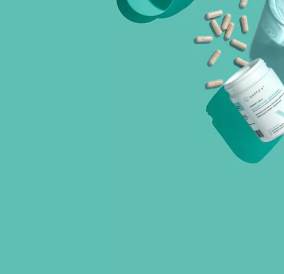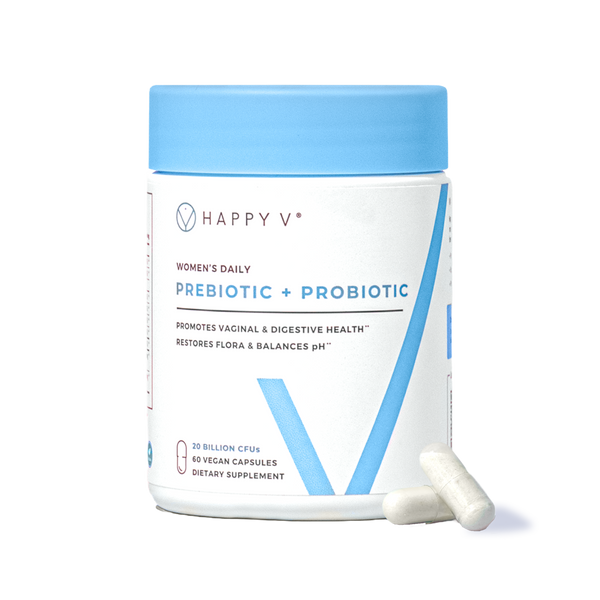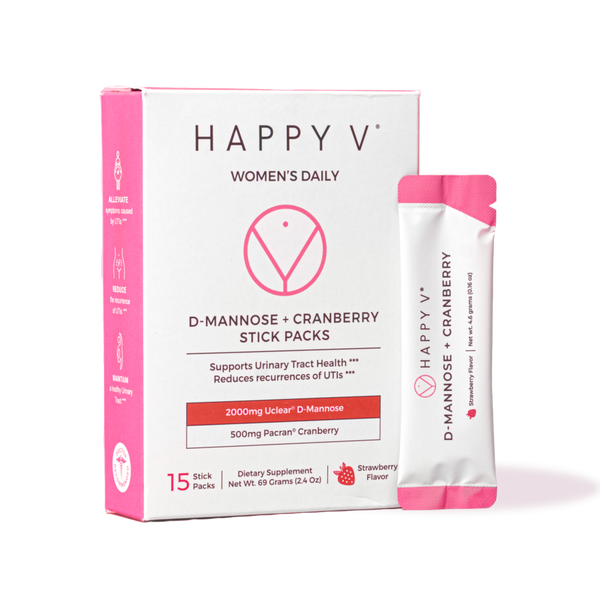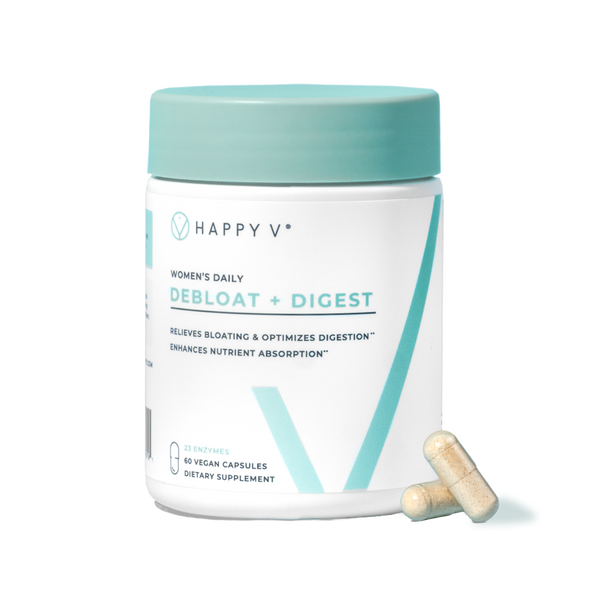- Fact Checked
- March 26, 2020
- 9 min read
Table of Contents
What started off as an expedition led by Dan Buettner resulted in the (re)discovery of 5 separated but similar communities on earth home to the world’s longest-lived (and healthiest) people.
These 5 places (Loma Linda, CA, USA; Nicoya, Costa Rica; Sardinia, Italy; Ikaria, Greece; and Okinawa, Japan) defy what modern nutritionists, hackers or wellness “experts” consider to be healthy diets such as the keto diet, carnivore diet, and even total veganism. These communities are collectively known as blue zones.
Despite being scattered throughout different geographical regions with different environmental conditions, their traditions and lifestyle have one surprising thing in common.
These Blue zones are the most dense populations of centenarians, or those who live past 100 years old, in the world.
The secret of their eternal youth lies in their diet- now coined the blue zone diet.
What does my Vaginal Health have to do with the Blue Zone Diet?
This isn’t a far-fetched question to ask. However, there is a strong correlation between your overall health and your feminine wellness. And the proof of reproductive health in the blue zones, where men are having sex well into their 70’s and women are bearing healthier children at an older rate than what is common, shows that eating nutrient dense foods will help with overall sexual and reproductive health.
We also chose this diet because it’s the one that is the most moderate, gives the best variety of nutrient-dense foods, and still allows you to have a cup of wine a night, so you can relax and enjoy that pinot noir or merlot you love.
Lowering the chances of getting BV and yeast infections is all about balance; let’s start with balancing your diet in an easy and enjoyable way!
What is the blue zone diet?
More than 150 dietary researches were conducted in the blue zones and it was found that they shared similar dietary habits. Dan explained in one of his interviews that optimizing your diet and lifestyle according to the blue zone diet can increase the average American’s lifespan by 12 years. (2)
Before we get into the specifics of the diet and lifestyle, let’s learn about the different blue zones.
Okinawa, Japan
Despite spending only 20% on public health, they still have the longest disability free life span. In Okinawa, a 90 year old has the vitality, energy and mind of your typical 30-year old.
The Okinawa diet is based predominantly on vegetables, fruits and soy. Vegetables like the purple sweet potatoes, tofu, goya and soya beans are rich in Vitamin C, antioxidants, potassium and dietary fiber. Soy and other plants like broccoli and onions etc. are rich in flavonoids that can help minimize bone loss.
Elderly Okinawans usually have low blood cholesterol, ideal body mass index or BMI, clean arteries. Also, the number of people suffering from chronic heart diseases and cancer is very low. Their key to their near perfect health is their traditional habit of eating only till 80% full, known as “hara hachi bu” and having a physically active lifestyle. (3)
Ikaria, Greece
A tiny island where people ‘forgot to die’ is home to 10,000 Greeks. The shining stars of their diet includes honey, legumes, goat’s milk, herbs like sage and marjoram, fruits and a small amount of fish.
Sage works as a natural cleaning agent and marjoram helps in their natural cure for cough, runny nose etc. Their diet is rich in antioxidants and folates and lowers the risk of chronic diseases like cancer. (4)
The true staple of the Ikarian diet is their natural honey, which is high in bee pollen and propolis. The inhabitants of Ikaria say its their natural viagra, as it’s said that the men and women over 80 still have a strong libido.
Sardinia, Italy
Sardinia has the highest number of men centenarians and unlike anywhere else they have 1:1 ratio of men and women centenarians. They too prove natural dieticians wrong when you see that their diet is 26% dairy and they still enjoy a glass of wine every night to destress.
The goat’s milk and sheep’s cheese is preferred due to their high lactase content, the enzyme needed to break down lactose. This form of cheese, yogurt and milk is great for those of us who still want to get a great source of probiotics in order to replenish the good bacteria in the vagina.
Nicoya, Costa Rica
According to Buettner, the secret to Nicoyan diet is staples like beans, corn, root-like vegetables like squash and fruits like papayas, peach palms and bananas. What’s really amazing, though, is how they still eat one of the foods you may have been told to stay away from: tortillas. Nicoyans eat corn-based tortillas that have been lime treated in order to break the outer shell, release niacin, and make it easier for digestion.
Soaking beans as well helps to break the outer shell and make them easier to digest, so you can reap the benefits, like fiber and protein, that legumes have to offer. However, their secret not only lies in their diet but also in their good social support networks and physically active lifestyle.
Loma Linda, CA, USA
The community of Seventh Day Adventists in Loma Linda has the highest number of centenarians. They eat a biblical diet consisting of oatmeal, beans and nuts which is rich in antioxidants and omega 3-fatty acids. These compounds can alleviate the risk of heart diseases and cancer. They also make their bread with lactobacillus instead of yeast, making it even healthier and better for women who experience bacterial vaginosis bv.
We can say that people living in these blue zone locations enjoy both quality and quantity when it comes to their life years. (3,5)
What are the blue zone diet guidelines?
Blue Zones LLC filtered out 150 dietary researches and mapped out 11 guidelines to achieve longevity.
95% plant-slant diet –
Surprisingly, the people of these communities still eat meat, so there is no reason to be vegan. However, they do see meat as a garnish to the meal, unlike those of us who see it the other way around (meat being the main staple and vegetables as the garnish).
Eat more leafy greens and root-vegetables like spinach, beets, turnips and kale combined with fruits, beans and whole grains. This will be great if you have a weakened immune system or experience the symptoms of yeast infections. These superfoods will be where you get your high levels of natural multivitamins to keep your vagina, body and heart healthy!
Retreat from meat –
The Adventist health study 2 followed 96000 Americans and found that people who ate less meat and more vegetables lived longer. Ideally meat should constitute only 5% of your diet.
A very easy way of doing this is to try and consume 3-4oz. Once a day. 3 oz of meat is close to 20g of protein, the amount we want in a single sitting. This practice allows us to still eat the foods we love, have control, and enjoy a diet that will make us overall healthier.
Eat less fish –
Fish is not a necessary part of blue zone diet and it is preferable to eat less than 3 ounces, up to 3 times in a week.
Try to reduce your egg consumption –
In blue zone foods, only 3-4 eggs are eaten weekly as a side dish or fried. It is advisable to eat eggs from chicken ranging freely because they are free of hormones and rich in omega 3 fatty acids. One egg daily for breakfast with beans of whole grain bread is perfect.
Eat beans daily –
Lentils, Garbanzo, black beans, white beans and soybeans are all superfoods of blue zone diet. They have 21% protein. 77% carbs and 2% fats only. Eating at least half a cup daily can satisfy your appetite for a fair amount of time.
Try to soak the beans yourself in apple cider vinegar or lime in order to break the outer shell and make them easier to digest.
Cut sugar –
According to Blue Zone Guidelines, cutting down the intake of natural sugars to 28 grams or 7 teaspoons of added suagr daily is best. However, you should totally avoid artificial sugars. High amounts of sugar increases risk of diabetes, infertility, obesity and reduces your lifespan.
Eat nuts as snacks –
Eat 2-3 ounces or handfuls of nuts daily to satisfy your cravings. According to The Adventist Health Study 2 nut eaters outlived non-eaters by 2-3 years. And by satisfying your cravings, you’ll be able to limit your food intake assisting in any intention you may have in losing weight.
Eat sour bread –
Eat breads made of whole grains like rye, barley and wheats or sour bread. Not only are these foods rich in fibers and several micronutrients, they also have lower glycemic indexes, meaning they get digested slowly ensuring they aren’t converted into fats for later use.
Use whole food not just their specific parts –
People in blue zones usually eat raw vegetables, fruits and ground whole grains simply blended together. It is better to abstain from canned or processed foods and stick to whole foods.
Reduce dairy but don’t eliminate –
Dairy products like milk are high in sugars and fats content and are not a very important part of blue zone diet. However, blue zone people often convert goat or sheep’s milk into yogurt and cheese. This is a great way to get in probiotics, which help with repopulating the vaginal flora, keeping bad bacteria away.
Drink more water or green tea –
In order to stay hydrated, blue zone people drink up to 7 glasses of water per day. They also drink coffee, tea and wine. (6)
What are the superfoods of blue zone diet?
Here are some of the superfoods of diet taken by people living in blue zone locations…
-
Leafy greens – Like spinach and kale contains high amounts of Vitamin A and C, powerful antioxidants. They help in strengthening our immune system, detoxify our body and improve brain and optical health. (7)
-
Berries– Berries such as blueberries have nutrients known as stilbenes which are great for memory. They also help improve heart and brain and lower blood pressure. (8)
-
Olive oil – It is rich in antioxidants, omega-3 fatty acids and a compound called oleuropein (anti-inflammatory in action). Researchers have shown that olive oil can alleviate the risk of diabetes and heart diseases. (9)
-
Nuts – They are rich in fiber, minerals, vitamins and healthy fats. They can also reduce the cholesterol levels owing to their healthy fat content. (10)
Our experts continually monitor the health and wellness space, and we update our articles when new information becomes available.
- Published on: March 26, 2020
- Last updates: February 08, 2025
Written by Happy V Team
Edited by Happy V Team
Our experts continually monitor the health and wellness space, and we update our articles when new information becomes available.
- Published on: March 26, 2020
- Last updates: February 08, 2025
Written by Happy V Team
Edited by Happy V Team










